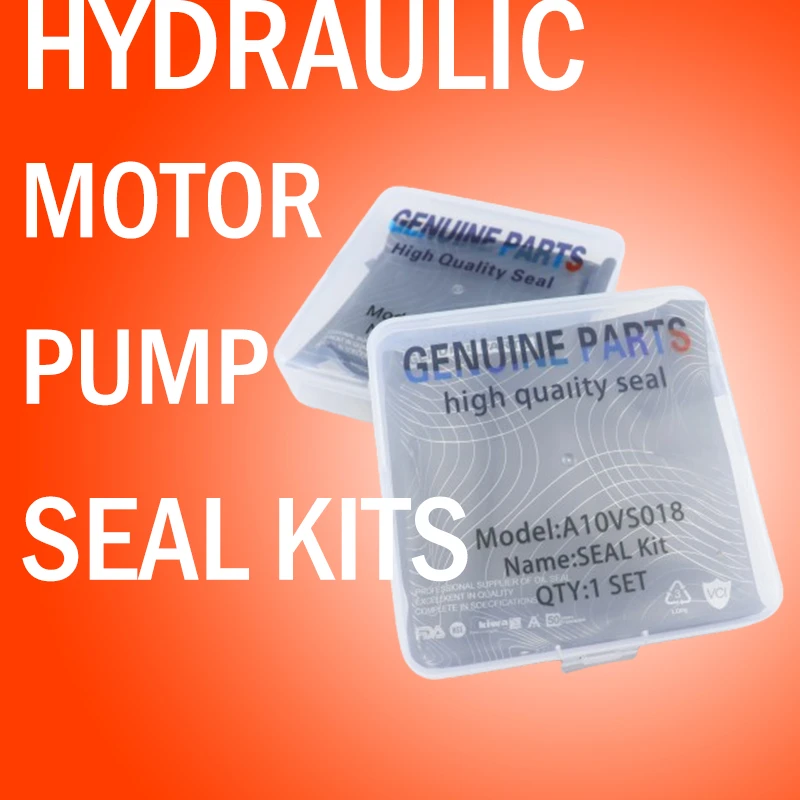Սպտ . 25, 2024 17:30 Back to list
hydraulic seal
Understanding Hydraulic Seals Function and Importance
Hydraulic seals play a crucial role in various hydraulic systems, ensuring efficacy and reliability in machinery across industries. These seals are specifically designed to prevent fluid leakage, maintain pressure, and optimize the performance of hydraulic equipment, ranging from construction machinery to automotive systems.
What are Hydraulic Seals?
Hydraulic seals are mechanical components used to seal the interface between two moving or stationary parts in hydraulic systems. They come in various shapes and sizes, tailored to fit the specific requirements of the machinery. Made primarily from elastomers, plastics, or metal, these seals are designed to withstand immense pressure, temperature variations, and exposure to hydraulic fluids.
Types of Hydraulic Seals
There are several types of hydraulic seals, each suited to different applications. The most common types include
1. O-rings These circular rings are one of the most versatile seal types, often used in static and dynamic applications. They can efficiently seal gaps between two surfaces, preventing fluid from escaping.
2. U-cup Seals U-cup seals are designed for dynamic applications where they provide a reliable seal for the rod or piston in hydraulic cylinders. Their unique shape allows them to create a tight seal while accommodating the movement of the components.
3. V-rings These seals are used in rotating applications and are particularly effective at retaining lubrication while preventing contaminants from entering the system.
4. Lip Seals Lip seals are designed to seal rotating shafts, efficiently blocking the passage of fluids and protecting the machinery from dirt and debris.
hydraulic seal

Importance of Hydraulic Seals
Hydraulic seals are integral to the functionality and longevity of hydraulic systems. Their primary role is to prevent hydraulic fluid from leaking, which can lead to significant operational issues, including reduced efficiency, increased operating costs, and potential damage to components.
When hydraulic seals fail, it can result in catastrophic failure of the entire hydraulic system. Leaks can not only diminish the hydraulic fluid levels but also pose safety hazards, leading to unintended machine movement and accidents.
Factors Influencing Seal Performance
The performance and lifespan of hydraulic seals are influenced by several factors, including
- Temperature Hydraulic systems operate under varying temperature conditions. Seals must endure high temperature without degrading or losing their sealing ability.
- Pressure Seals must reliably maintain integrity under the pressure exerted by the hydraulic fluid. Choosing the right seal for the operating pressure is vital.
- Fluid Compatibility Different hydraulic fluids have varying chemical compositions. Selecting a seal material compatible with the fluid is crucial to prevent chemical reactions that can compromise seal integrity.
Conclusion
In summary, hydraulic seals are essential components that ensure the efficiency and safety of hydraulic systems. By understanding their types, functions, and the factors affecting their performance, engineers and technicians can make informed decisions that enhance the reliability of their machinery. Investing in high-quality hydraulic seals can lead to increased operational efficiency and prolonged equipment life, ultimately contributing to the success of industrial operations.
-
TCN Oil Seal Metal Ring Reinforcement for Heavy Machinery
NewsJul.25,2025
-
Rotary Lip Seal Spring-Loaded Design for High-Speed Applications
NewsJul.25,2025
-
Hydraulic Cylinder Seals Polyurethane Material for High-Impact Jobs
NewsJul.25,2025
-
High Pressure Oil Seal Polyurethane Coating Wear Resistance
NewsJul.25,2025
-
Dust Proof Seal Double Lip Design for Construction Equipment
NewsJul.25,2025
-
Hub Seal Polyurethane Wear Resistance in Agricultural Vehicles
NewsJul.25,2025
-
The Trans-formative Journey of Wheel Hub Oil Seals
NewsJun.06,2025
Products categories
















